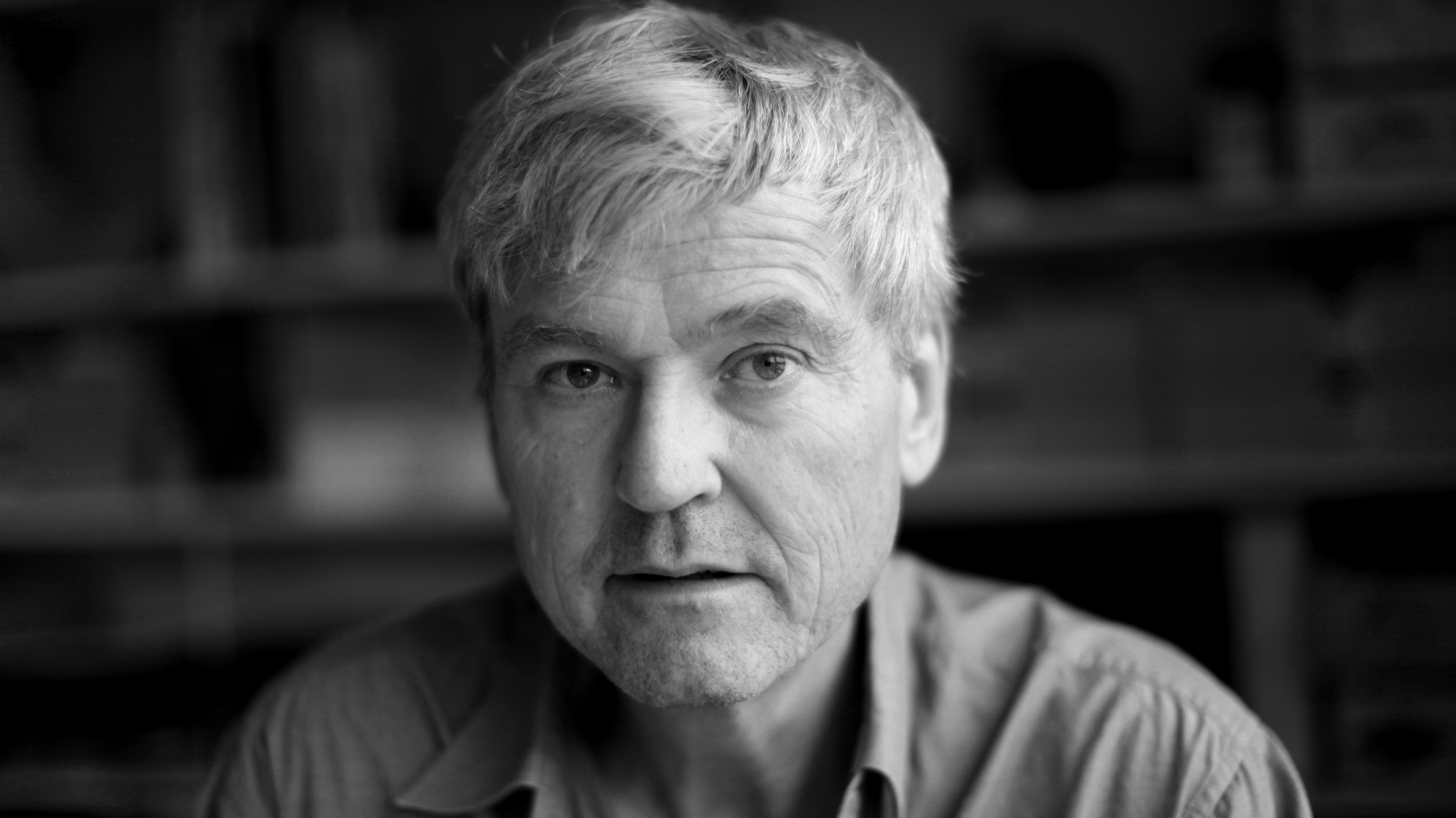Studied interior architecture at Konstfack (University of Arts, Crafts and Design) in Stockholm, 1979–84. Professor at HDK School of Design and Crafts, University of Gothenburg, 1995–96. Member of the Royal Swedish Academy of Fine Arts since 2011. Theselius works at the crossroads of art and design, and is best known for his inventive and exclusive chair designs. His awards include the Bruno Mathsson Award and Torsten & Wanja Söderberg’s Design Prize in 1997, and the King of Sweden’s Prince Eugen Medal in 2018.
Three ways of celebrating anniversaries of a timeless design
Mats Theselius’s collaboration with String Furniture has resulted in three anniversary models, released as limited editions. All three are based on different interpretations of Nisse and Kajsa Strinning’s original design, taken to its artistic limit.
Theselius points out that originally String was a simple piece of furniture. Having been a symbol of the Swedish post-war welfare state, it “faded away and vanished,” only to then be resurrected and become a cult object.
Theselius’s first contribution to this revival was launched for String’s 60th anniversary in 2009. It was celebrated with his version of the small String Pocket, festively dressed with rosewood shelves and golden panels. “In jest or seriousness? It’s in the eye of the beholder,” Theselius wrote at the time.
In 2015, String Pocket celebrated its 10th anniversary. According to the artist, this occasion called for a shelf made entirely from stainless steel – a symbol of the amazing longevity of String. Theselius’s choice of material means the shelf can last for hundreds of years, and it opens up the possibility of using it outdoors as well as inside the home. “It’s a way for an already timeless classic to be canonised for all eternity”, as he put it.
In 2019, the 70th anniversary of the String System was also celebrated with a Theselius shelf based on String’s lightweight elegance, thanks to its open panels and the thin steel wire construction. With shelves of glass and wall panels painted in the soft blue-green colour of the edge of the glass, the shelf becomes “transparent, almost intangible,” as Theselius describes it.
